Technique Tuesday: Changing Scale & Compressing Space
One of the most powerful tools a photographer has isn’t just the camera—it’s the choice of lens. Focal length not only determines how much of the scene you capture, but it also shapes how subjects relate to each other in scale and space. By deliberately choosing different lenses, you can either magnify a subject or minimize it, creating vastly different stories within the same world.
In Ladakh, India, while tracking the elusive snow leopard, I turned my attention to other subjects while waiting out the evasive cats. Using a 1200mm lens with a 1.4x extender, the moon filled my frame—crisp, detailed, and dominant.
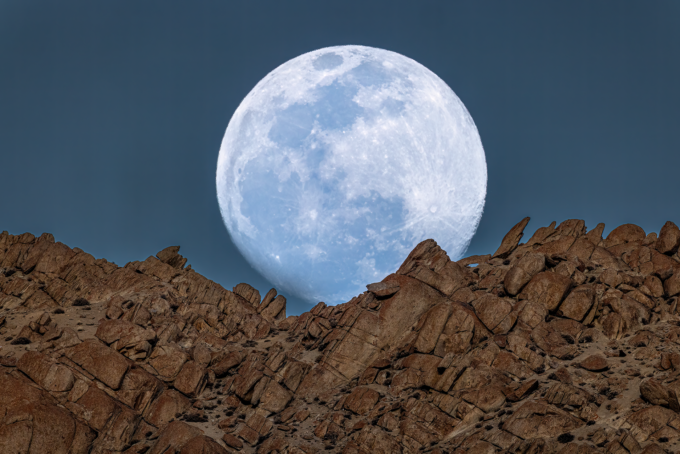
Compare this to my image of the moon over Tre Cime di Lavaredo, Italy, shot with a 17-40mm wide-angle lens. Here, the moon shrinks to a tiny accent while the towering spires command attention. Same moon, two worlds apart—thanks to lens choice.
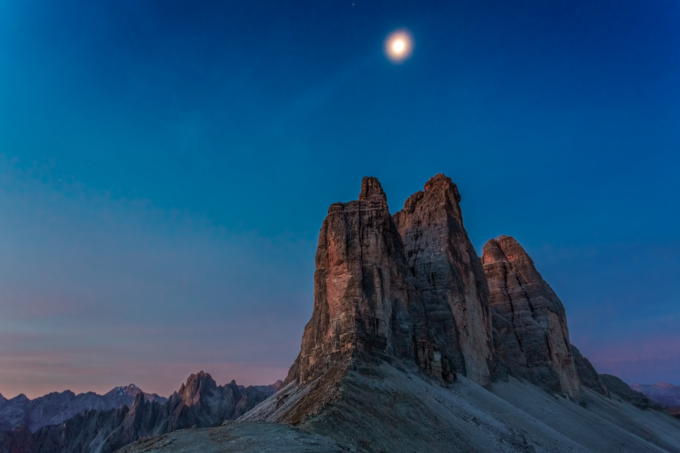
The same principle applies when photographing the sun. At the Pushkar Camel Fair in Rajasthan, I used a 500mm lens to place the sun in near-equal prominence to the silhouetted subject, creating a striking balance.
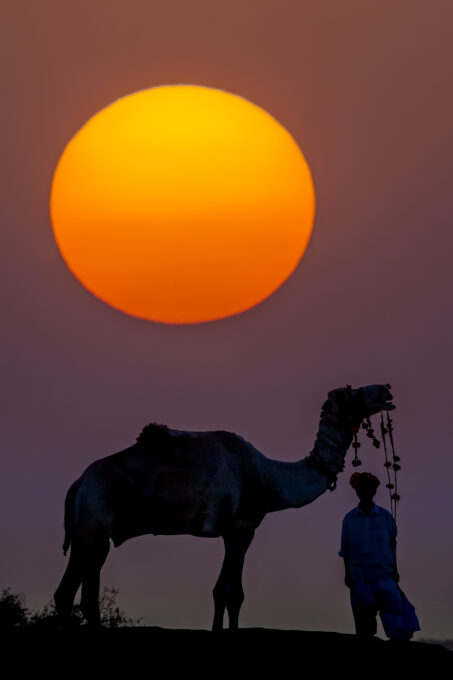
In Goa, India, I photographed two girls’ ponytails with the sun in the background, using a 70-200mm lens at 165mm. The sun becomes a smaller, softer presence—still important, but secondary.
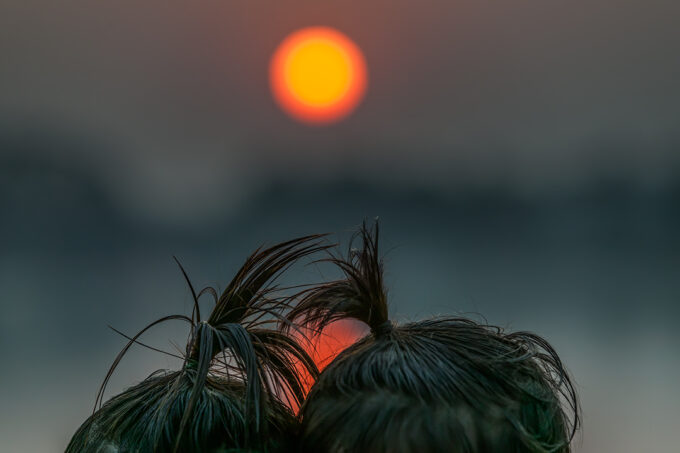
At the Kumbh Mela in Uttar Pradesh, a 70mm lens rendered the sun as a tiny orb in a vast, dusty expanse, emphasizing the human pilgrimage over the celestial backdrop.
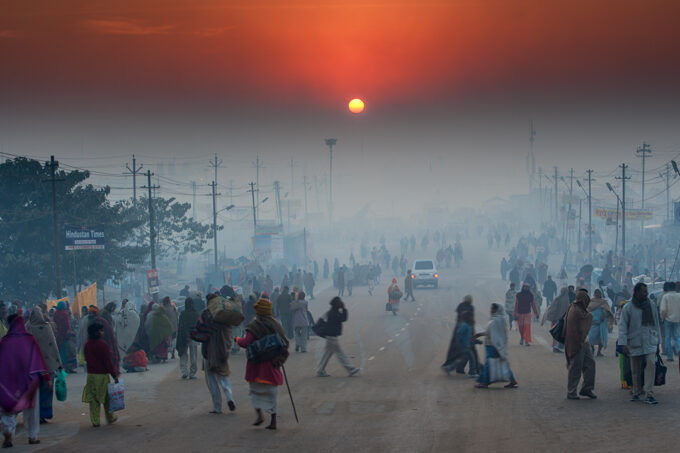
Longer lenses not only magnify distant objects—they compress space, making background elements appear closer to the foreground. Wide angles, on the other hand, exaggerate depth, pushing background elements farther away. Mastering this interplay between focal length, subject size, and background compression will give you the ability to control the viewer’s perception and craft stronger, more intentional images.
For more lessons like this, stay tuned to the blog! You can also check out my popular and evergreen how-to books The New Art of Photographing Nature and The Art of the Photograph.


